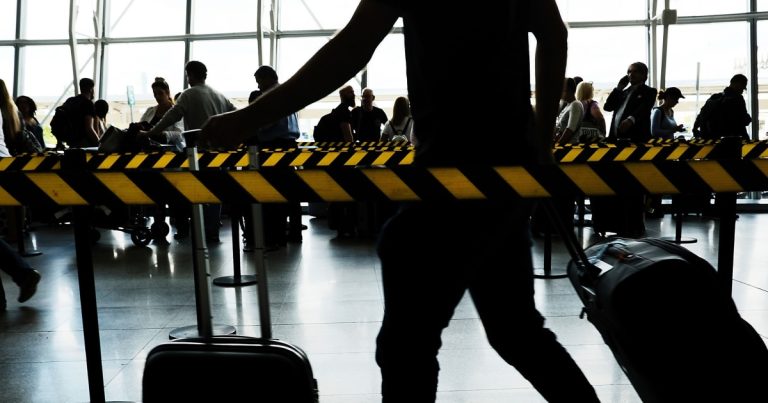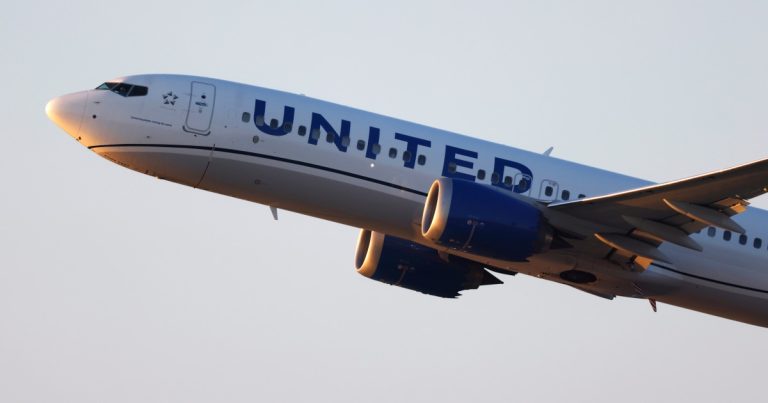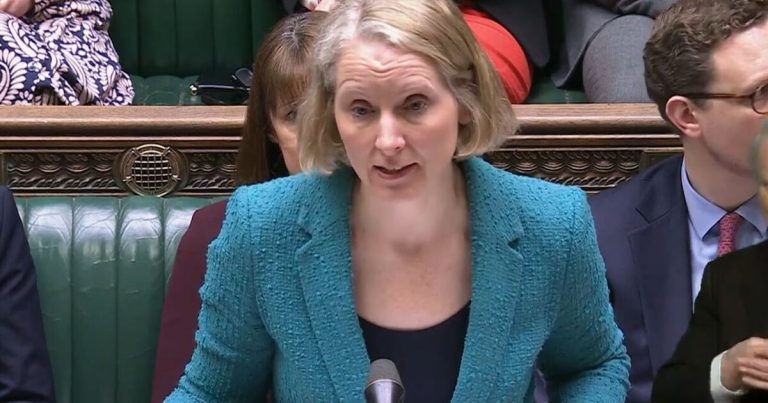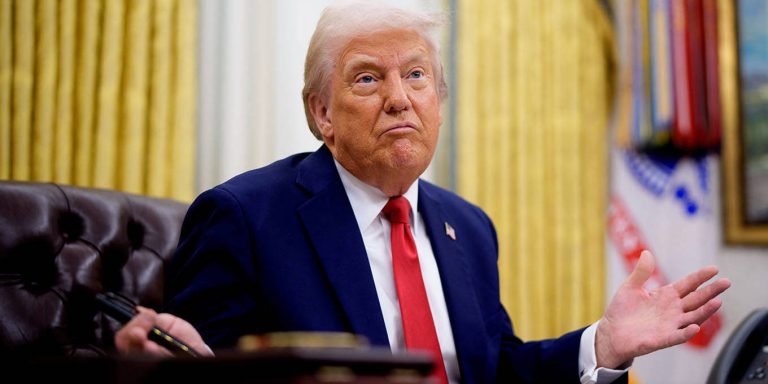

A New Zealand government tourism campaign titled “Everyone Must Go” is drawing derision and mockery from residents who have criticized it as tone-deaf, especially at a time when New Zealanders themselves are leaving the country in droves.
In an announcement Sunday, officials said they were spending 500,000 New Zealand dollars ($287,000) on the campaign, which is aimed at visitors from neighboring Australia, New Zealand’s biggest tourism market.
Like many countries, New Zealand has struggled to restore its tourism industry since the Covid-19 pandemic, and the number of visitors from Australia is still at 88% of 2019 levels.
“What this Tourism New Zealand campaign says to our Aussie mates is that we’re open for business, there are some great deals on, and we’d love to see you soon,” Tourism Minister Louise Upston said in a news release.
Critics disagreed, saying the slogan sounded like New Zealand was advertising a clearance sale. Others said it invited bathroom jokes.
“I think ‘Everyone Must Go’ might refer to the need for toilets in some of our high-tourist spots. I mean, the queues are ridiculous,” Green Party tourism spokesperson Celia Wade-Brown told New Zealand news outlet RNZ.
A spokesperson for Upston told NBC News that the tourism minister was “very pleased with the campaign announcement” and that it “has attracted positive feedback.”
The campaign comes as record numbers of New Zealanders are leaving the country of 5 million, driven in part by concerns about high living costs and lack of job opportunities. Last year, the country had a net migration loss of 47,100 New Zealand citizens, Stats NZ said Monday.
More than half of those migrants went to Australia, where they can live and work visa-free under a reciprocal arrangement.
There were 3.3 million visitor arrivals in New Zealand last year, Stats NZ said separately Monday, up 12% from 2023. Australia, the United States and China were the biggest sources of visitors, with the 370,000 U.S. arrivals representing a record for a calendar year.
Tourism was New Zealand’s biggest export earner before the pandemic, and the conservative government has looked to it as one way to boost the economy. Last month, officials said they were easing visa rules to allow digital nomads to work in New Zealand while visiting on holiday, in the hope that they would spend more time there.
Opposition lawmakers say that while they would welcome more tourists, they worry about the impact on the environment and whether the country’s tourism infrastructure can support them.
“We’ve had the digital nomad announcement, now we’ve got this — and the attitude of anyone, anytime, anywhere, is concerning,” Cushla Tangaere-Manuel, tourism spokesperson for the opposition Labour Party, said.
In an effort to address those concerns, last year the New Zealand government nearly tripled the entry fee for international tourists to 100 New Zealand dollars ($62.20) from 35 dollars. Australians are exempted from paying the levy, the proceeds from which are funding the same campaign for their tourist dollars that has sparked the controversy.
Social media users skeptical of the “Everyone Must Go” slogan pointed out another possible use for it.
“Worth us tucking away to use at the next election,” read one comment on the social media platform X.







